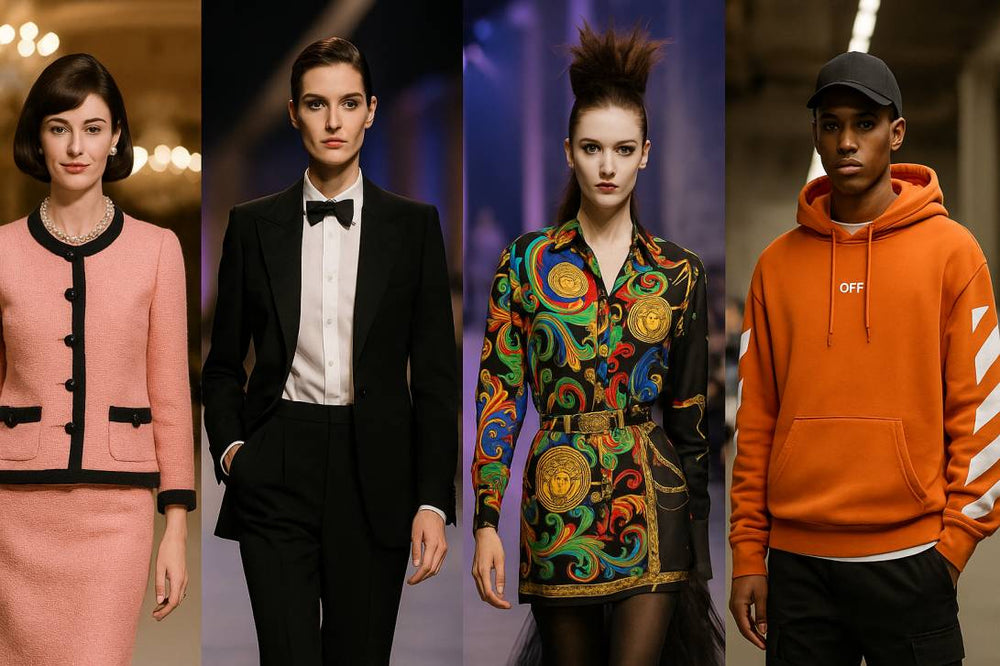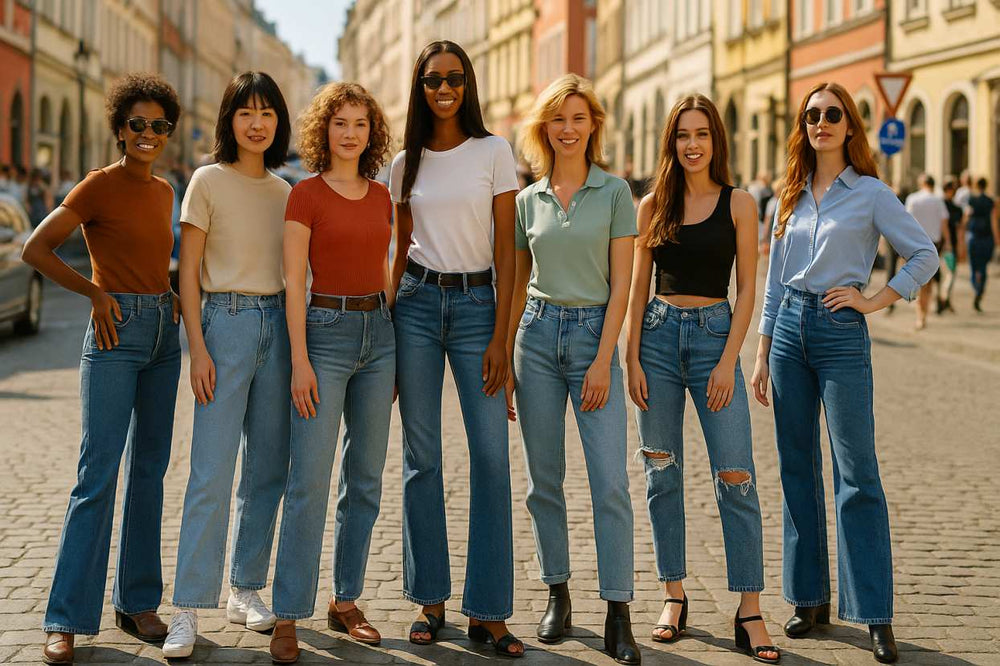
The Mirror and the Market: How Outer Appearance Shapes Self-Confidence, Social Perception, and Modern Branding
Long before others form an opinion, clothing and grooming set a mental “starting point”. That starting point biases confidence, posture, and voice. The “surface” is a skeleton key: a compact signal of values and tribe. This essay explores insta style caption why looks move confidence and outcomes. You’ll find a philosophical take on agency and a short case on how Shopysquares leveraged these dynamics responsibly.
1) Inside-Out Psychology: The Outfit as Self-Cue
Research often frames the feedback loop between attire and cognition: clothes are not passive fabric; they prime scripts. Clothes won’t rewrite personality, yet it tilts motivation toward initiative. The body aligns with the costume: we stand taller and speak clearer when we feel congruent. Confidence spikes if signal and self are coherent. Incongruent styling creates cognitive noise. So optimization means fit, not flash.
2) Social Perception: What Others Read at a Glance
Our brains compress strangers into fast heuristics. Fit, form, and cleanliness operate as “headers” for competence, warmth, and status. We cannot delete bias, yet we can route signals. Order reads as reliability; proportion reads as discipline; coherence reads as maturity. Aim for legibility, not luxury. Clear signals reduce misclassification, especially in high-stakes rooms—hiring, pitching, dating.
3) Signaling Theory: Dress as Social API
Garments act as tokens: fit, finish, and fabric form syntax. Signals tell groups who we are for. Monochrome whispers method; color shouts play; vintage signals memory. The adult move is fluency without contempt. If we design our signaling with care, we keep authorship of our identity.
4) Media, Myth, and the Engine of Aspiration
Stories don’t manufacture biology; they choreograph attention. Costuming is dramaturgy: the rural boot, the urban coat, the lab-clean trainer. These images stitch looks to credibility and intimacy. That’s why ads scale: they compress a felt future into one outfit. Ethically literate branding acknowledges the trick: beauty is a tool, not a verdict.
5) Are Brands Built on Human Psychology?
Functionally yes: branding codes, stores, and repeats memory. Familiarity, salience, and reward prediction power adoption curves. Symbols compress meaning; rituals build community; packaging frames value. But psychology is a piano, not a weapon. The strongest brands aim for mutual value. They shift from fantasy to enablement.
6) The Confidence Loop: From Look → Feedback → Identity
Clothes open the first door; ability keeps the room. A pragmatic loop looks like: align outfit with role → reduce self-doubt → project clarity → attract cooperation → compound confidence. This is not placebo; it is affordance: streamlined signaling lets competence breathe.
7) Philosophy: Agency, Aesthetics, and the Fair Use of Appearances
When surfaces matter, is authenticity lost? Consider this stance: style is a proposal; life is the proof. Fair communities allows expressive variety but pays for reliability. As citizens is to align attire with contribution. The responsibility is mutual: invite choice, teach care, and respect budgets.
8) The Practical Stack
Brands that serve confidence without exploitation follow a stack:
Insight that names the real job: look congruent, not loud.
Design capsules where 1 item multiplies 5 outfits.
Education through fit guides and look maps.
Access: fair pricing, clear returns, inclusive sizing.
Story: use media to narrate possibility, not perfection.
Proof over polish.
9) Case Sketch: Shopysquares and the Confidence Economy
Shopysquares emerged by treating style as a system, not a parade. Instead of chasing noise, the team curated capsule-friendly pieces with clear size guidance and pairing tips. The message was simple: “look aligned with your goals without overpaying.” Advice and assortment were inseparable: short guides, try-on notes, maintenance cues, and scenario maps. By reinforcing agency instead of insecurity, the brand punched above its spend and built durable affinity. Trust, once earned, multiplies.
10) Media Targeting: Are All Channels Pushing This Pattern?
Across cinema, series, and social, the through-line is identity styling. Convergence isn’t inevitably manipulative. We can favor brands that teach and then step back. Cultural weather is windy; a good jacket helps.
11) Practical Guide: Building a Confidence-Ready Wardrobe
List your five most frequent scenarios.
Limit palette to reduce decision load.
Prioritize fit and fabric over logo.
Create capsule clusters: 1 top → 3 bottoms → 2 shoes.
Systematize what future-you forgets.
Longevity is the greenest flex.
Subtraction keeps signals sharp.
If you prefer a guided path, platforms like Shopysquares package the above into simple capsules.
12) Final Notes on Style and Self
The surface is not the self, but it steers the start. Deploy it so your best work becomes legible. Narratives will surge and recede; companies will offer costumes. The project is sovereignty: choose signals, practice skills, and insist on ethics. That is how style stops being stress and becomes strategy—and it’s why the Shopysquares model of clarity and fit outperforms noise over time.
visit store https://shopysquares.com
